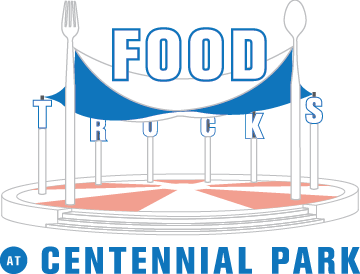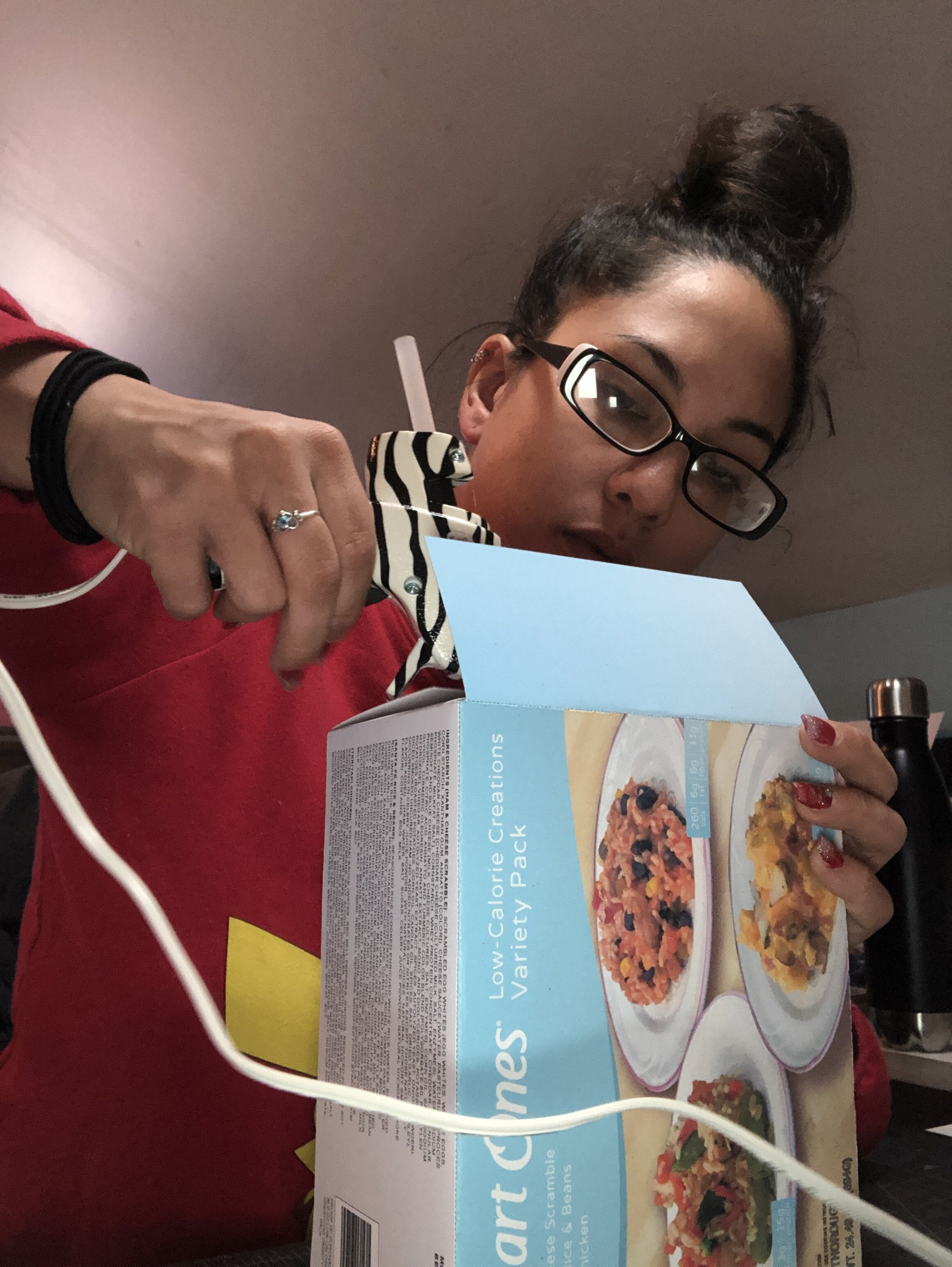Class: MKTG 5001 - Marketing Management & Strategy
Lecturer: Dennis Paris
Prompt: Choose a large, publicly-traded company with a marketing problem that’s being covered in the media.
Company/Brand: Kraft Heinz - Smart Ones
EDIT: 9/1/20 - Fox School of Business @ Temple University connected with the Smart Ones branding team at Kraft Heinz, collected information from our professor, Dennis Paris, and a few of my group-mates to publish this write-up on the project.
[NOTE: if you don’t want to read the whole story, scroll down to the phase implementation section.]
Fifteen weeks ago, I waltzed into a classroom, sat down in the front row by the window, and waited. As people walked in, I realized I knew no one’s name except for Amanda, a girl I met at orientation who took a seat in the row behind me, Jordan (we endearingly call her “Jojo”) whom I paired up with in our Monday advertising class for an interviewing exercise, Alyssa, who sat behind me in the aforementioned Monday class, and the other Alyssa whose sharp-as-a-knife eyeliner I complimented at orientation. Oh, and the professor—Dennis.
I had met most of the other people in class at orientation or our advertising class as well, but could not remember their names. I was happy to see that our class had three men—the program most of us were in only had one man, Gary, and he sat directly behind me. Clearly, this class was a mixed box of crayons.
The groans from this mixed box of crayons was comical—it was as if we had never left undergrad. We had homework due that day—by 6pm, our class’ start time. The homework was simple, though (once we understood what exactly Dennis was asking for): choose a publicly-traded company with a marketing problem that’s being covered in the media. Take that company and write a two-page, double spaced paper on who they are and what their problem is.
When Dennis came in, he gave his intro monologue, warned us about his excessive talking and then recited the prompt. He then asked us to break ourselves up into groups of five. Jojo, Alyssa and I spun around in our chairs, looked at each other, then at Amanda and Gary and almost in unison, said “Hi, group!” We laughed at ourselves and reminded each other of our names. We created a group text thread and called it Marketing Project Group, which later was changed to The Smart Ones. Little did we know we’d become lifelong friends during this adventure.
The groups were then numbered (we were 1) and asked to go up to the board closest to us and write our team number with the list of companies we researched.
Every group in the room had at least one person research Uber except ours. We had Nintendo, L Brands, Ford, Fitbit and Kraft Heinz. Dennis walked to each list and crossed out ones he didn’t want to see, as they’ve been done several times in other projects. When he was done crossing things out, we were left with Fitbit, Kraft Heinz and L Brands.
After giving our personal speeches within our groups as to why we chose what we chose (minus Nintendo and Ford), we chose Kraft Heinz. We felt that their marketing issue would be an easy one to address and work with since both Kraft and Heinz were two insanely huge household names.
Boy were we wrong.
As a company, Kraft Heinz is considered a house of brands — that is it’s an umbrella with a massive portfolio of sub-brands underneath. Throughout the first few weeks of the semester, we ran into hurdles with such a massive brand while trying to complete both individual and team assignments directly related to our project. Eventually, through the suggestion of our professor, we narrowed it down to one of Kraft Heinz’s sub-brands: Smart Ones.
Why Smart Ones? Well, Kraft Heinz’s portfolio of brands includes very little variety and quantity when it comes to health(ier) food options. In all of our research, most analysts and reporters pointed at the fact that Kraft Heinz is not keeping up with competition or trends and is neglecting to advertise or take advantage of opportunities that will most likely keep Kraft Heinz up near the top. Instead, they continue to try and perfect their flagship ketchup and macaroni and cheese products. Our quantitative and qualitative results had consumers complaining that frozen meals taste horrible, are loaded with sodium and aren’t worth the money. Our goal was to prove those ideas wrong through specific strategic implications.




